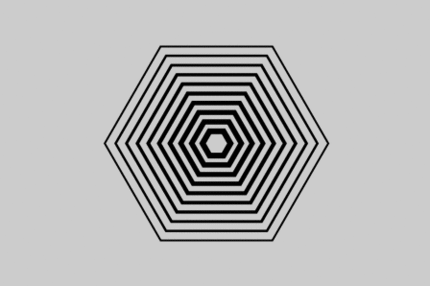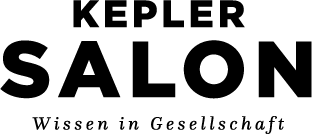Lectures / 27/07/2009 7:30 pm
Communication?
Going with the flow. Eine Mediengeschichte der Schwarmforschung zwischen Biologie und Computersimulation
Swarms oscillate between expansion and condensation, between multiplicity and unity. Seen from a distance they appear as if they were a unitary entity, which makes it impossible to observe the behaviour of individual members. And the closer you zoom up to them and the more capable of analysis your perspective on them seemingly becomes, the more the white noise of their internal movements blocks insight into the way they operate. We know from the media history of research on biological swarms that the most diverse approaches using scientific apparatus that have been ongoing since around 1900 have all failed. It was only when computer simulations and their visual synthesis were applied to swarms as dynamic systems that the interconnectedness of both their local and global dynamics began to emerge. Computer animations become in this way the clearing house where IT approaches to biology mingle with the biologization of IT: artiificial multiagent systems create new perspectives on biological swarms and programming paradigms make use of biological in sights into relations. The operationalization of swarms in the work of software engineers and the biologists’ research on them take place side by side and condense the swarms’ white noise into figures of knowledge.
continuative Links:
Bibliography:
- Mitchell Resnick: Turtles, Termites, and Traffic Jams. Explorations in Massively parallel Microworlds. Cambridge: MIT Press 1994.
- Julia K. Parrish / William H. Hamner (Hg.): Animal Groups in Three Dimensions, Cambridge: Cambridge University Press 1997.
- Andries P. Engelbrecht: Fundamentals of Computational Swarm Intelligence, Chichester: Wiley 2005.
- Lucas Gisi/Eva Horn (Hg.): Schwärme. Kollektive ohne Zentrum. Bielefeld 2008: Transcript. (im Erscheinen).
- Anne von der Heiden/Joseph Vogl (Hg.): Politische Zoologie. Zürich, Berlin 2007: Diaphanes.
- Joseph Vogl: Gefieder, Gewölk, in: Christian Filk / Michael Lommel / Mike Sandbothe (Hg.): Media Synaesthetics. Konturen einer physiologischen Medienästhetik. Köln: Herbert von Halem Verlag 2004, S. 140-149.
- Iain D. Couzin / Jens Krause: Self-Organization and Collective Behavior in Vertebrates, in: Advances in the Study of Behavior 32, 2003, S. 1-75.
- Julia K. Parrish / Steven V. Viscido: Traffic rules of fish schools: a review of agent-based approaches, in: Charlotte Hemelrijk (Hg.): Self-Organisation and Evolution of Social Systems. Cambridge: Cambridge University Press 2005, S. 50-80.
- Craig W. Reynolds: Flocks, Herds, and Schools: A Distributed Behavioral Model, in: Computer Graphics 21, 1987, S. 25-34.
- Eric Bonabeau / Marco Dorigo / Guy Theraulaz: Swarm Intelligence. From Natural to Artificial Systems. New York: Oxford University Press 1999.
- James Kennedy / Russell C. Eberhart: Particle Swarm Optimization, in: Proceedings of the IEEE International Conference on Neural Networks. Piscataway: IEEE Service Center 1995






